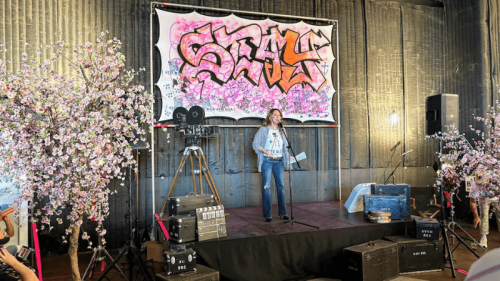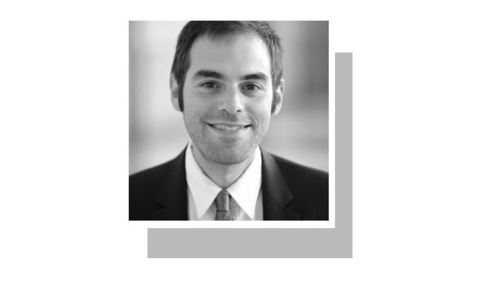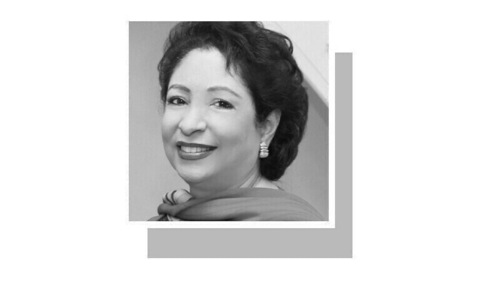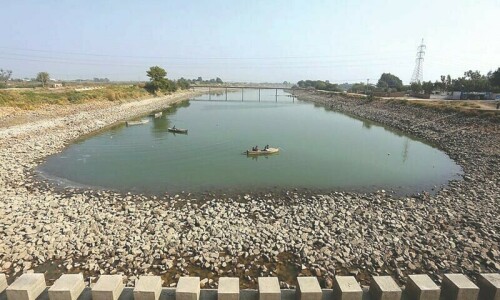“I’m very happy that we’ve finally reached this point,” Hidankyo Co-Chairperson Terumi Tanaka, 92, said at a press conference in Tokyo on Oct 12, a day after the group’s Nobel Peace Prize win was announced.
When the atomic bomb was dropped in Nagasaki, Tanaka was in his house 3.2 kilometers from the hypocenter. Five family members, including his aunt and grandfather, died as a result of the bombing. He joined Hidankyo activities in the 1970s, eventually devoting half of his life to the initiative.
Steps taken by hibakusha are marked by a history of agony. The atomic bombs dropped on Hiroshima and Nagasaki in August 1945 killed a total of 210,000 people by the end of that year, and those who survived have suffered from the aftereffects of the bombings and often kept silent about their experiences for fear of discrimination and prejudice.
The 1954 Daigo Fukuryu Maru incident, named for a Japanese fishing boat whose crew members were exposed to radiation from a US hydrogen bomb test, was a turning point. Calls for nuclear abolition gained momentum, and the World Conference against Atomic and Hydrogen Bombs was held in Hiroshima the following year and in Nagasaki in 1956.
With the slogan “No more Hibakusha,” Hidankyo was launched after a decade in which atomic bomb survivors had largely kept their silence.
The Cold War
The group initially put its campaign’s main focus on achieving relief for survivors, who were suffering from the atomic bombs’ aftereffects and also from discrimination. However, out of a sense of crisis over the increasingly tense international situation during the Cold War, hibakusha began showing the injuries that the bombings had left on their bodies and speaking to the world about the cruelty of nuclear weapons.
“No more hibakusha,” said Senji Yamaguchi, then Hidankyo leader, at the second Special Session on Disarmament of UN General Assembly at UN Headquarters in New York in 1982. Yamaguchi, who died in 2013 at the age of 82, spoke of the scars left on his body and the cruelty of the atomic bombs.
The special session was the first time for hibakusha to address the United Nations. Also speaking was Sumiteru Taniguchi, who was 16 years old when he suffered injuries from the atomic bomb in Nagasaki at a location 1.8 kilometers from the hypocenter.
—The Japan News/
Published in Dawn, October 21th, 2024
















































